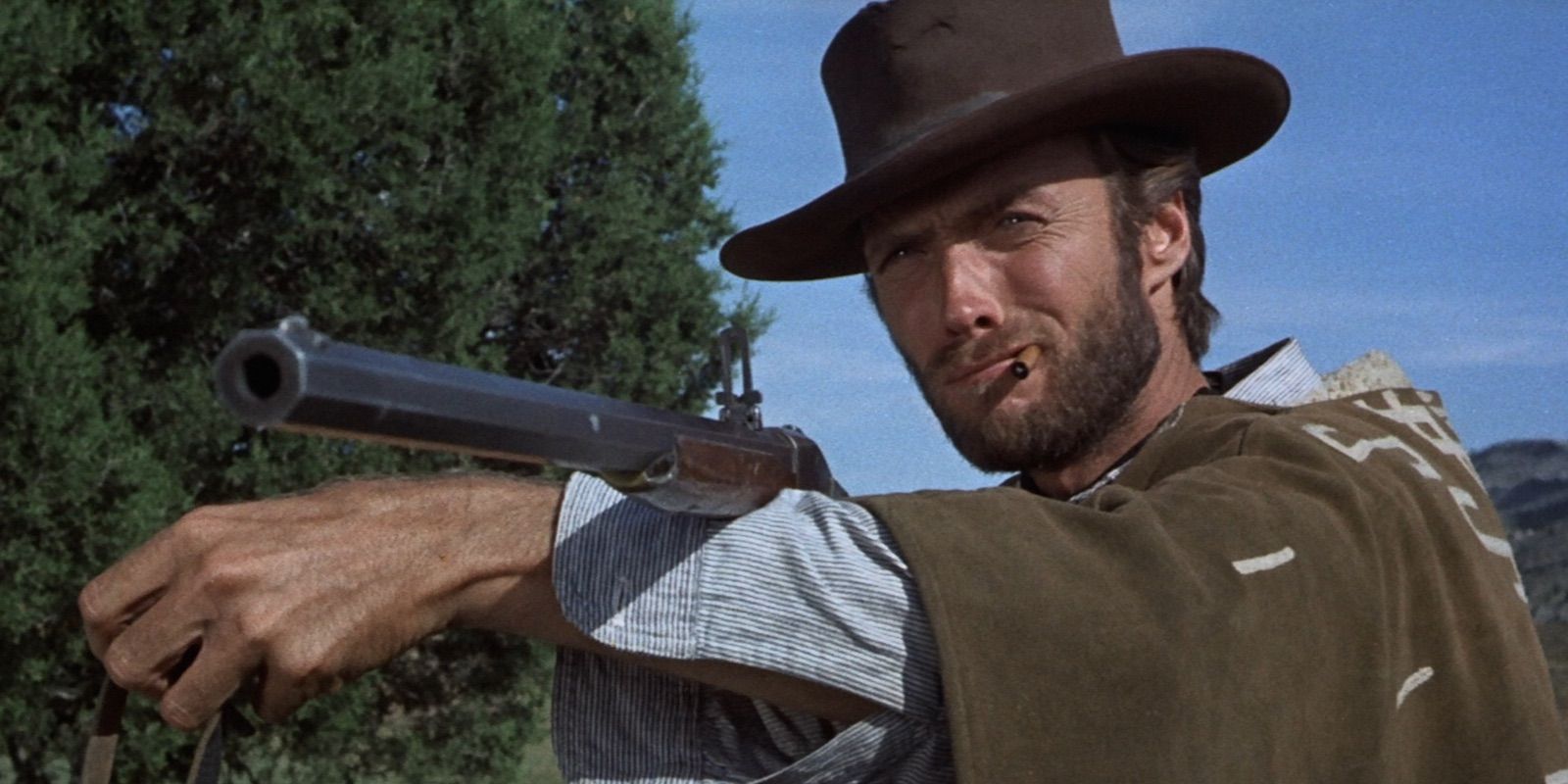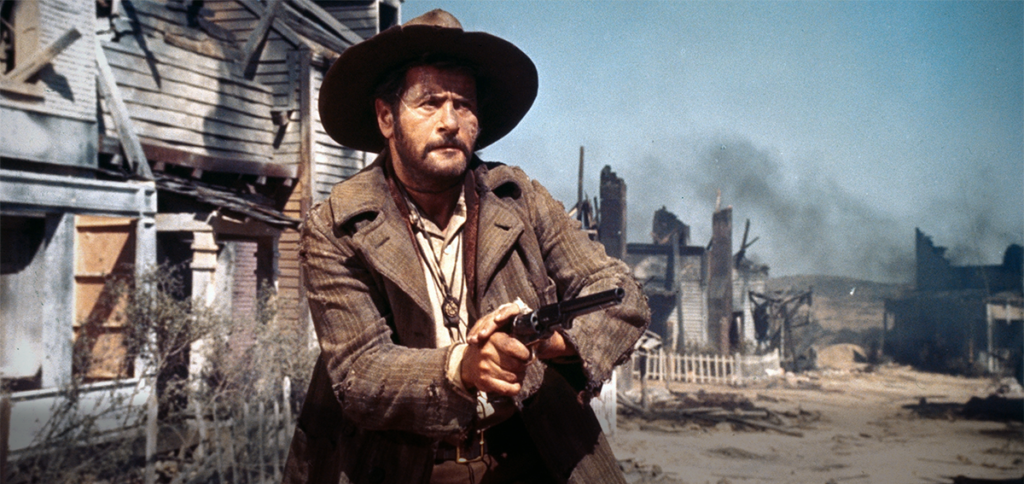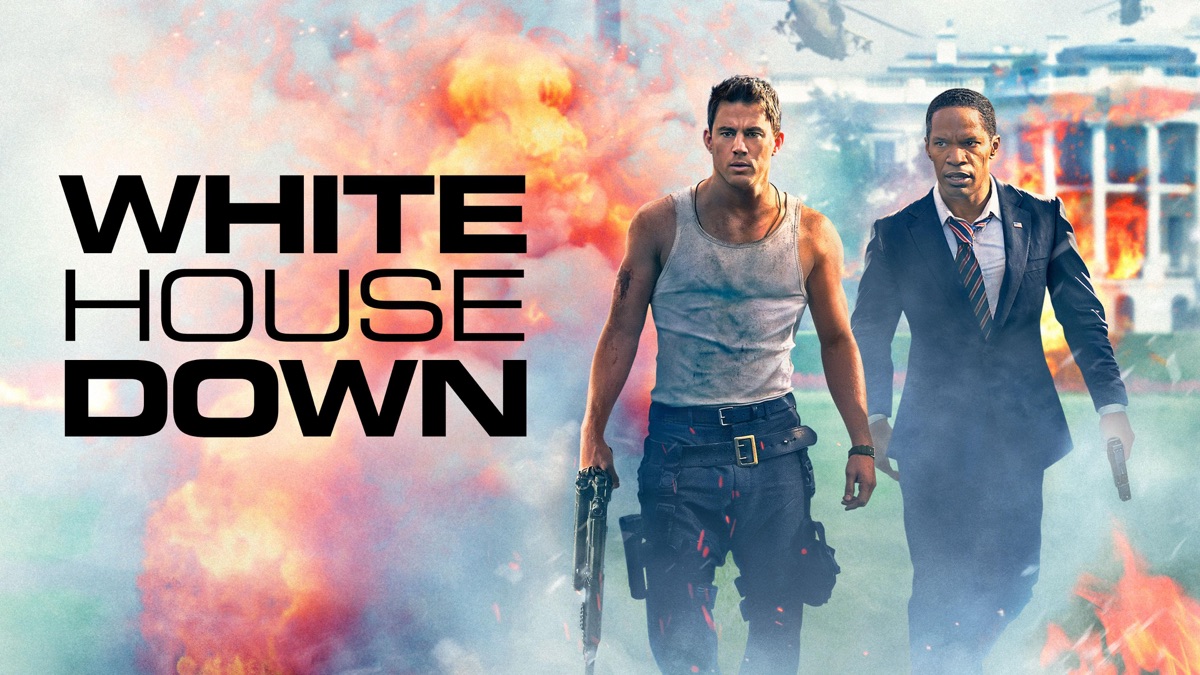The Good, the Bad and the Ugly – Sergio Leone’s Spaghetti Western Masterpiece
Released in 1966, The Good, the Bad and the Ugly stands as one of the most iconic and influential Western films in cinematic history. Directed by Sergio Leone, the film is the final entry in his “Dollars Trilogy,” following A Fistful of Dollars and For a Few Dollars More. Known for its stylistic grandeur, memorable characters, and groundbreaking score, the film has transcended the Western genre to become a cultural touchstone and a masterclass in visual storytelling.
Set during the chaos of the American Civil War, the film follows three morally ambiguous gunslingers on a violent and often uneasy journey toward a hidden cache of Confederate gold. Blondie, "The Good," played by Clint Eastwood, is a quiet and calculating bounty hunter. Tuco, "The Ugly," portrayed by Eli Wallach, is a volatile and talkative outlaw. Lee Van Cleef plays Angel Eyes, "The Bad," a ruthless mercenary who will stop at nothing to claim the treasure for himself. Each character possesses a crucial piece of information about the treasure’s location, creating a tense web of shifting alliances, betrayals, and eventual confrontation.

What sets this film apart from other Westerns of its era is Leone’s distinct directorial style. The film is renowned for its operatic approach—slow-building tension, extreme close-ups, wide panoramic shots of arid landscapes, and deliberate pacing that turns every duel into a study in suspense. Leone eschews traditional American Western tropes and replaces them with grit, irony, and brutal realism. His West is a lawless, morally gray world, where survival is prioritized over honor and where violence is often sudden and unglamorous.
The performances are exceptional, particularly Eli Wallach’s portrayal of Tuco, who serves as both comic relief and emotional anchor. His character is deeply flawed yet undeniably human. Eastwood’s Blondie, with his steely silence and unwavering cool, became a defining archetype of the anti-hero. Van Cleef’s Angel Eyes is chilling in his calm ruthlessness, completing a triangle of personalities that mirror the film’s themes of greed, justice, and survival.

A standout element is Ennio Morricone’s unforgettable musical score. The main theme—built on whistling, gunshots, and haunting vocals—is instantly recognizable, even to those who haven’t seen the film. "The Ecstasy of Gold," played during a climactic cemetery scene, is widely regarded as one of the greatest pieces of film music ever composed. The music doesn't just accompany the visuals; it elevates the emotional impact and reinforces the mythic tone of the story.
Though met with mixed reviews upon its initial release, The Good, the Bad and the Ugly has since been re-evaluated as a cinematic triumph. It’s celebrated not only for its artistry but also for redefining the Western genre with a European lens. The film has inspired countless filmmakers and continues to influence modern cinema with its bold style and narrative ambition.
Ultimately, The Good, the Bad and the Ugly is more than just a Western—it’s an enduring epic that explores human nature, survival, and the thin line between heroism and villainy in a lawless world.



